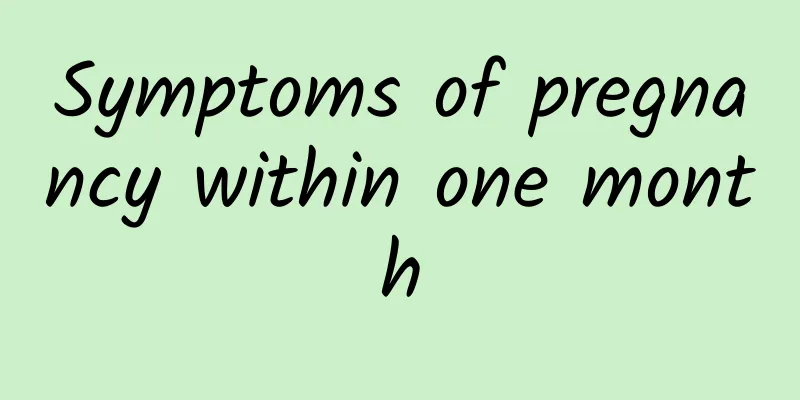The symptoms of hemiplegia in children need to be understood from three types

|
Hemiplegia in children is currently the type of disease that poses the greatest threat to the health of infants and young children in clinical practice. Generally speaking, when parents discover that their children have symptoms of hemiplegia, they need to take measures to treat them as soon as possible. So, what are the symptoms of hemiplegia in children? Spastic hemiplegia The most common type is single-side limb involvement, with the upper limbs being more severe than the lower limbs, the distal end being more severe than the proximal end, and the face often not being affected. Most children do not show obvious symptoms until after 3 months, which are manifested as less movement of the affected limb, persistent fist clenching, persistence of the grip reflex, flexed and pronated forearm posture, and circular gait. In some patients, the affected limbs may initially show hypotonia, which later turns into spasticity. This type is often accompanied by mental retardation and epilepsy. Epileptic seizures may occur as partial or secondarily generalized seizures. Strabismus is common. Spastic diplegia The most prominent manifestation is increased muscle tension in both lower limbs. This type is more common in premature infants. Children often show hypotonia in both lower limbs within 1-3 months. This is followed by the so-called dystonia stage, in which the child's lower limbs will rigidly straighten and cross in a scissor-like motion when the child stands with the soles of the feet touching the examination table. Finally, the patient enters the spastic stage, with flexion of the hip and knee joints, internal rotation of the lower limbs, and a scissors gait. In severe cases, the patient cannot walk independently. The upper limbs are less affected, often manifested as abnormal upper limb posture when walking, but the hand function is not obviously affected. This type of combined epilepsy is less common, accounting for about 1/5. About 2/3 of patients have normal or borderline intelligence. Strabismus is common. Spastic quadriplegia It is more common in children with severe suffocation. The muscle tone of the limbs is increased, often in the form of opisthotonos. It may be accompanied by supranuclear palsy, manifesting as swallowing and dysarthria. About half of the children suffer from epilepsy and mental retardation. |
<<: Rehabilitation training for hemiplegia caused by brain trauma, these four methods can be used
>>: Cerebral infarction hemiplegia rehabilitation training, these methods can be used
Recommend
Treatment of athlete's foot and foot odor
Athlete's foot and foot odor are symptoms tha...
What does the AIDS red dot look like?
AIDS is a disease that is difficult to cure compl...
What does it look like when a man has an overly long foreskin?
Generally, excessive foreskin is caused by geneti...
What to do if your tonsils are inflamed and you have a fever? Here are three tips to help you
Acute tonsillitis is one of the most common disea...
Chinese patent medicine for treating bronchitis
Chronic bronchitis sometimes flares up, causing d...
The symptoms of vocal cord nodules are these 4
Vocal cord nodules are a common throat disease, a...
What is the cause of calluses on hands?
In daily life, we cannot avoid doing some heavy w...
Can I drink chrysanthemum tea if I have high uric acid?
Chrysanthemum tea has the effects of clearing awa...
Pain on the outer right thigh of a woman
Pain on the outer side of a woman's right thi...
The efficacy and function of Chinese medicine mint
Peppermint has the effects of extinguishing fire,...
Rehabilitation training for hemiplegia caused by brain trauma, these four methods can be used
In life, if people are injured accidentally, and ...
Is yoga good for your uterus?
There are often some health clubs or places aroun...
How should patients with chronic pharyngitis be treated?
Chronic pharyngitis is not uncommon in modern lif...
How to make the glans penis less sensitive
The male glans is a very important part of the ma...
Hidden brain tumors, what are the high-risk factors for brain tumors?
There may be no compression symptoms in the early...









